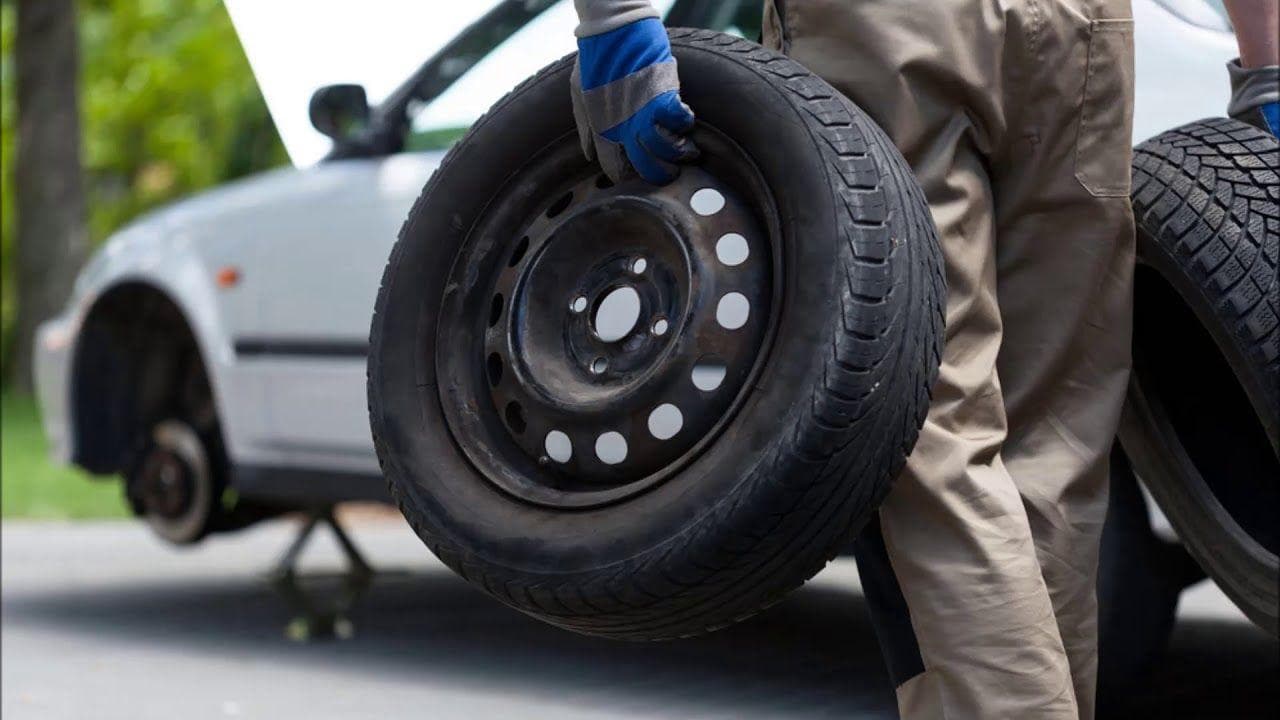Tire Solution: Proven Methods for Optimum Tire Maintenance and Care
Keeping ideal tire problem is critical for both safety and security and performance of any kind of car. From making sure correct tire pressure to normal turning and positioning, there are proven approaches that can substantially extend the life-span of your tires and boost overall driving experience. As we explore the intricacies of tire care and upkeep, we will certainly discover necessary guidelines that every automobile proprietor should abide by for the very best possible outcomes. Let's dig right into the globe of tire service and discover the keys to maintaining your tires in top-notch shape for the long haul.
Importance of Tire Stress
Ample tire pressure promotes far better gas efficiency, as under-inflated tires can lead to boosted rolling resistance, causing the engine to function more difficult and take in even more fuel. Appropriate tire stress makes certain even walk wear, improving tire long life and conserving cash in the long run by delaying the need for early replacements. Consistently changing and inspecting tire stress, specifically before long trips, is an easy yet efficient method to enhance vehicle performance, expand tire life expectancy, and prioritize safety and security on the roadway.
Tire Turning Guidelines
When taking into consideration tire rotation guidelines, it is crucial to recognize the importance of this upkeep job in making best use of tire life-span and maintaining ideal automobile performance. Tire turning includes changing the placement of each tire on a car to make sure even tread wear. Front tires have a tendency to put on quicker than rear tires because of steering forces, making normal turning essential for well balanced wear patterns. The advised turning pattern varies relying on whether a vehicle is front-wheel, rear-wheel, all-wheel, or four-wheel drive. Normally, tires need to be rotated every 5,000 to 7,500 miles, or as advised in the automobile guidebook. Ignoring tire turning can result in uneven wear, influencing handling, traction, and potentially compromising automobile security. By adhering to correct rotation standards, chauffeurs can extend the life of their tires, boost fuel performance, and enhance overall driving experience. Normal turning is an easy yet efficient upkeep practice that adds substantially to tire durability and automobile performance.
Benefits of Wheel Placement
Making sure appropriate wheel alignment after tire turning is essential for preserving well balanced wear patterns and making the most of automobile performance. Furthermore, appropriate wheel alignment helps to expand the life-span of your tires. Misaligned wheels can cause uneven tire wear, leading to early tire replacement and increased upkeep prices.

Tire Footstep Depth Examine
Carrying out a routine examination of tire step deepness is crucial for preserving safe driving conditions and lengthening the life-span Home Page of your tires. Unequal walk wear can show concerns with tire stress, positioning, or suspension, highlighting the significance of regular step deepness checks. By including tire tread deepness checks into your regular maintenance routine, you can drive with self-confidence understanding that your tires are in top problem.
Seasonal Tire Assessment
An extensive evaluation of tire condition customized to particular weather is essential for keeping ideal efficiency and security throughout the year. Seasonal tire evaluation is an essential aspect of tire maintenance that ensures tires are prepared to face the challenges positioned by various climate condition. In prep work for winter months, it is his response necessary to check the tire stress frequently as chilly temperature levels can trigger tire stress to drop. Examining tire step depth is likewise essential to ensure sufficient traction on snow and ice-covered roadways. In addition, looking for signs of damage, such as splits or lumps, can assist prevent prospective tire failures. As the periods change, it is very important to evaluate tire problem and make any necessary modifications to ensure secure driving. By conducting routine seasonal tire inspections, chauffeurs can this hyperlink extend tire lifespan, enhance fuel efficiency, and most importantly, guarantee a protected driving experience in varying weather condition problems - Mobile Tire Change Las Vegas.
Verdict
Finally, keeping appropriate tire pressure, revolving tires on a regular basis, lining up wheels appropriately, monitoring tread deepness, and carrying out seasonal evaluations are vital methods for optimal tire treatment. By following these confirmed techniques, vehicle drivers can ensure their tires last longer, perform far better, and contribute to total car safety. It is necessary to focus on tire maintenance to stop accidents, enhance gas efficiency, and prolong the life expectancy of tires.
Appropriate tire stress promotes much better gas efficiency, as under-inflated tires can lead to raised rolling resistance, causing the engine to work tougher and consume more fuel.When considering tire turning guidelines, it is necessary to understand the significance of this maintenance task in making the most of tire life expectancy and preserving optimum vehicle performance. Seasonal tire assessment is a fundamental facet of tire upkeep that makes certain tires are ready to face the difficulties presented by different weather conditions. By carrying out regular seasonal tire assessments, vehicle drivers can lengthen tire life-span, improve fuel efficiency, and most importantly, guarantee a secure driving experience in differing weather condition problems.
In final thought, preserving appropriate tire stress, turning tires frequently, aligning wheels correctly, keeping an eye on step deepness, and carrying out seasonal examinations are crucial techniques for optimum tire treatment.